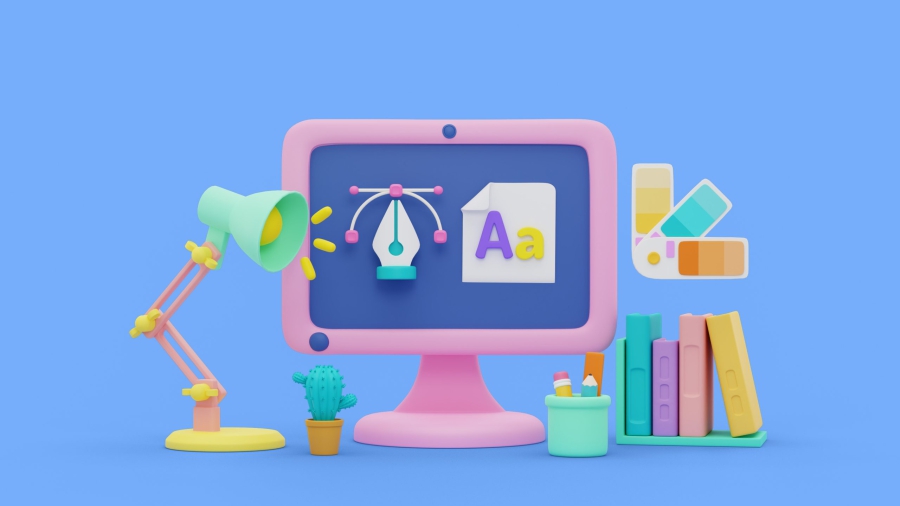The new educational system in Bangladesh is a result of the government’s efforts to improve the country’s education sector and make it more inclusive and accessible to all. The new system is based on the National Education Policy 2010 and the Education Act of 2011, which aim to provide universal access to primary and secondary education, improve the quality of education, and increase the participation of girls in education.
One of the key features of the new educational system is the introduction of a 12-year education cycle, which includes a 4-year primary level, a 4-year lower secondary level, and a 4-year secondary level. The primary level focuses on providing students with a strong foundation in language, mathematics, and science, while the lower secondary level provides students with the opportunity to pursue their interests through the introduction of vocational and technical education. The secondary level prepares students for higher education or employment.
Another significant aspect of the new educational system is the increased emphasis on vocational and technical education. The government has established vocational training centers and polytechnic institutes across the country to provide students with the skills they need to succeed in the 21st-century job market. This is particularly important in Bangladesh, where a large number of jobs are in the fields of agriculture, industry, and services.
The new educational system also places a strong emphasis on the education of girls. The government has introduced various programs to increase the enrollment and retention of girls in school, such as stipends for female students, and the construction of girls’ hostels and schools in remote areas.
In addition, the new educational system also focuses on improving the quality of education. The government has introduced new teacher training programs, new curriculum, and new textbooks to ensure that students receive a high-quality education. The government also encourages the use of technology in education and is promoting the use of multimedia projectors and other technology in the classrooms.
In conclusion, the new educational system in Bangladesh is a step forward towards providing universal access to quality education, increasing the participation of girls in education, and preparing students for the 21st-century job market. While it is still a work in progress, it is a positive development for the future of education in the country.


